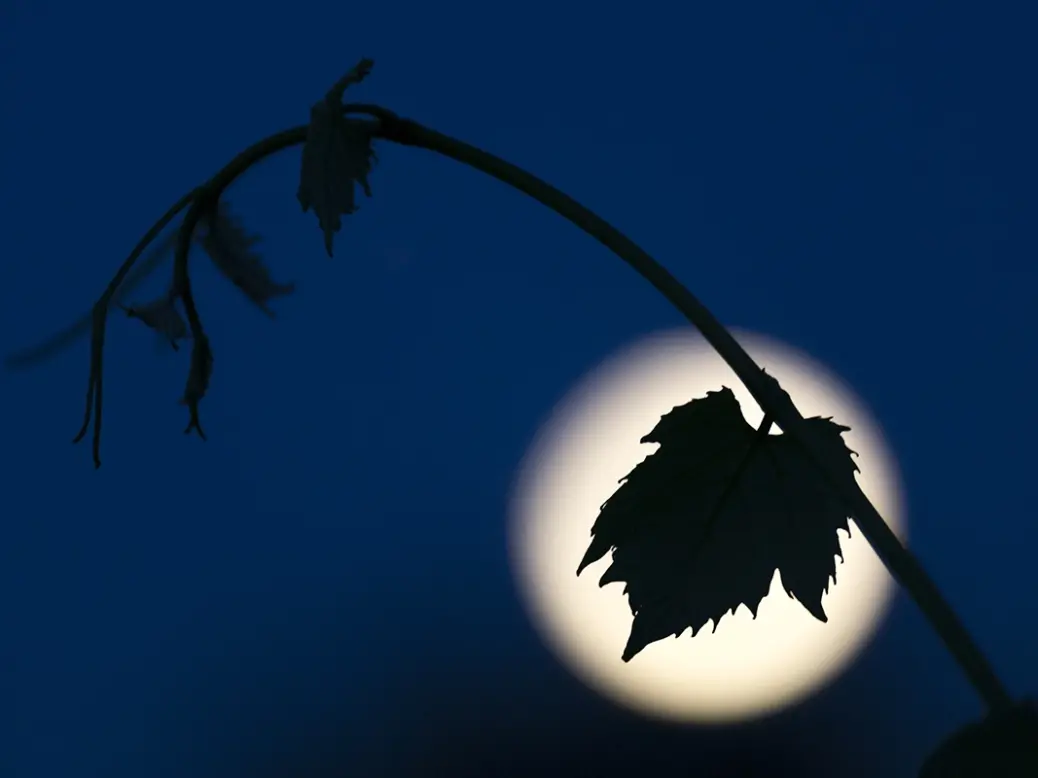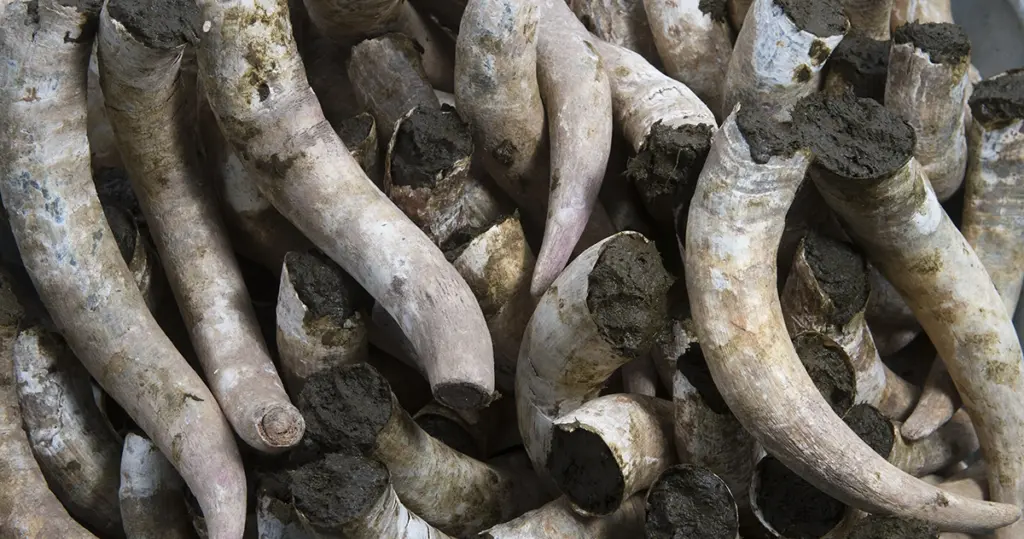
Biodynamics is a deep rabbit hole in pseudo-science, because it has theory (of a sort) but no controlled data. I am not aware of anyone who has ever returned from it. Of course, that may be because practitioners of biodynamics do not regard it as a rabbit hole at all; rather, it is the New Jerusalem.
Biodynamic methods were developed when Rudolf Steiner created a theory of “anthroposophy” or “spiritual science,” based on the view that the West would cause destruction if it did not understand the relationship of the spiritual world to the physical world. He applied this to agriculture and gave a series of lectures in 1924 to about 60 farmers interested in this approach, at Schloss Koberwitz (then in Germany, now in Poland). The lectures were transcribed into a book that became the basis of the biodynamic method.
The lectures were a mix of the astrological and the practical. The astrological varied from the general (“influences that rise upward from the earthly […] are in reality cosmic influences rayed back again and working directly in the air and water over the Earth”) to the specific (“we can recognize Mars in the red flower, Jupiter in the yellow or white, Saturn in the blue, while in the green leaf we see essentially the Sun itself”). This could easily be an astrologer or alchemist of the medieval era speaking. Along the same lines, one biodynamic wine producer once said to me, “I find chamomile very soothing, and I spray it on the vines to soothe them after a thunderstorm.”
The practical included a discussion of specific preparations, to be used in very dilute, if not quite homeopathic amounts, couched in terms of what elements (silicon, sulfur, calcium, etc) they would bring to the mix. Steiner prescribed a set of six compost preparations made from plants (valerian, dandelion, oak, bark, nettles, yarrow, chamomile). They are known by numbers 502–07. Used to seed conventional compost, they convert it into biodynamic compost. This is then spread over the vineyard in very small doses.
The best-known—not to say most mocked—procedure involves filling a cow’s horn with manure, burying it in the vineyard in fall, and then digging it up in the spring. Only real cow horns can be used. “The cow has horns in order to send into itself the astral-ethereal formative powers […]. Burying the horn with its filling of manure, we preserve in the horn the forces it was accustomed to exert within the cow itself […]. It contains an immense ethereal and astral force.”
The compost is mixed into water that must be stirred sufficiently to create a vortex. “Stir quickly [until] the entire contents are rapidly rotating. Then quickly reverse the direction, so that it now seethes round in the opposite direction.” Steiner recommended stirring by hand but admitted that mechanical devices could be used, though they would not be so effective. Today, the contents are diluted in this “dynamized” water and then sprayed on the vineyard.

Riddled with superstition
The basis for the treatments is somewhat sketchy—Steiner gave principles rather than details in his lectures, and the treatments only subsequently became formalized—but it’s not impossible that they have some effects. (Homeopathic medicine often uses solutions that are so dilute they cannot have any active components; the solutions used in biodynamics are not so extreme, though if there is an active component, it is acting at very low levels.) The prescriptions for making the preparations seem quite scientific, specifying measured amounts and dosage. The involvement of astrology, however, in deciding when to apply biodynamic preparations seems like a return to the medieval era or even to the Dark Ages. Steiner recommended the full moon because “With the Moon’s rays the whole reflected Cosmos comes on to the Earth.”
There’s a long history of superstitions concerning the moon, including its effect on plant life. None of the conclusions that follow as to how and when plants should be treated have the slightest validity. The main idea is that the full moon has an effect on the sap of the plant. But the effect of the moon on the tides is determined by the mass of water—that is why oceans have tides and pools do not. Any effect on an individual plant or a bottle of wine would be imperceptible. There’s also an idea that the extra illumination from the full moon might have an effect, but that also would be too minuscule to measure.
Biodynamics ranges from the possibly plausible (treatments with very dilute solutions) to the downright superstitious (astrology and the lunar calendar). Steiner did not really seem to distinguish between them. He did suggest that the methods should be tested experimentally, and established a group, with about 800 members worldwide, to try anthroposophy. Eventually, this gave rise to the Demeter organization, which verifies biodynamic producers. In setting out detailed protocols for the application of biodynamics but without any experimental confirmation, this is somewhat of a misappropriation of scientific method.
Since 1962, a calendar that takes account not only of the phase of the lunar cycle but also of the positions of the planets and stars has been used to decide when to apply the preparations. The calendar relates ancient elements to organs of the plant (earth to roots, water to foliage, air to flower, fire to fruit and seeds) and assigns periods for actions according to the zodiac. The biodynamic calendar has four types of days—fruit, flower, leaf, and root—which are defined in terms of four groups of star constellations. Each type of day defines a period when the moon is in one of the constellations. Suitable treatments for plants differ for flower days, fruit days, and so on. Some people believe that wines taste different according to when you drink them (fruit and flower days are best, root days are worst).
Most scientists regard biodynamics as pseudoscience (meaning that its theories cannot tested), but in fact it would be possible to test some of its precepts. To be certified as a biodynamic producer, it is not actually necessary to follow the astrological recommendations but simply to apply the homeopathic preparations. It would, in principle, be possible to disprove the hypothesis that they make a difference. Their effects could be tested by comparing results in adjacent vineyard plots, one cultivated solely by organic methods, the other by biodynamics. A serious difficulty would be to decide what would be the appropriate test; what would be measured—the fungal condition of the soil? The sugar levels in the grapes? The taste of the wine? Insofar as there has been any scientific discussion, to date there has never been any evidence that biodynamic viticulture produces effects any different from organic viticulture.
(It would be more difficult to test the astrological recommendations, but in principle it would be possible to compare results obtained—for example, by doing the same things at different phases of the moon. Of course, no reputable scientist would be interested in conducting any such test anyway.)
Biodynamics is presented by its believers as a rational approach to returning toward the benefits of traditional farming methods. Practitioners would be most indignant if you told them that it is riddled with superstition. This is not a fringe movement—it is used by some of the best wine producers in the world. Many of them have wineries that look like models of modern technology. The extent to which it has penetrated the world of wine—it’s taken hold in the wine industry but not in any other form of agriculture—is a testament to the extent to which the concept of a scientific approach can be misappropriated.
We should give the last word to Steiner: “I know perfectly well all this may seem utterly mad. I only ask you to remember how many things have seemed utterly mad, which have none the less been introduced a few years later.”






